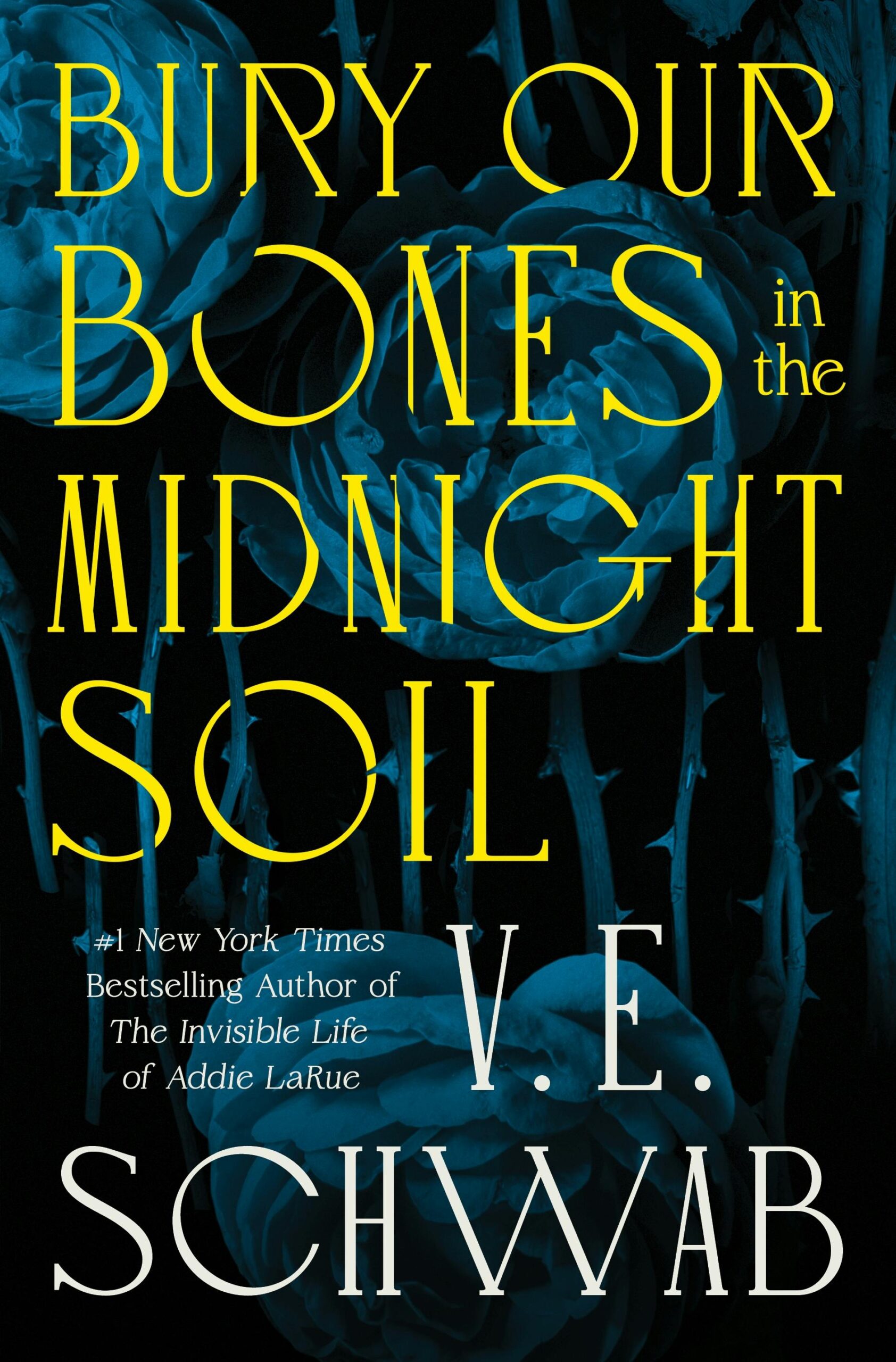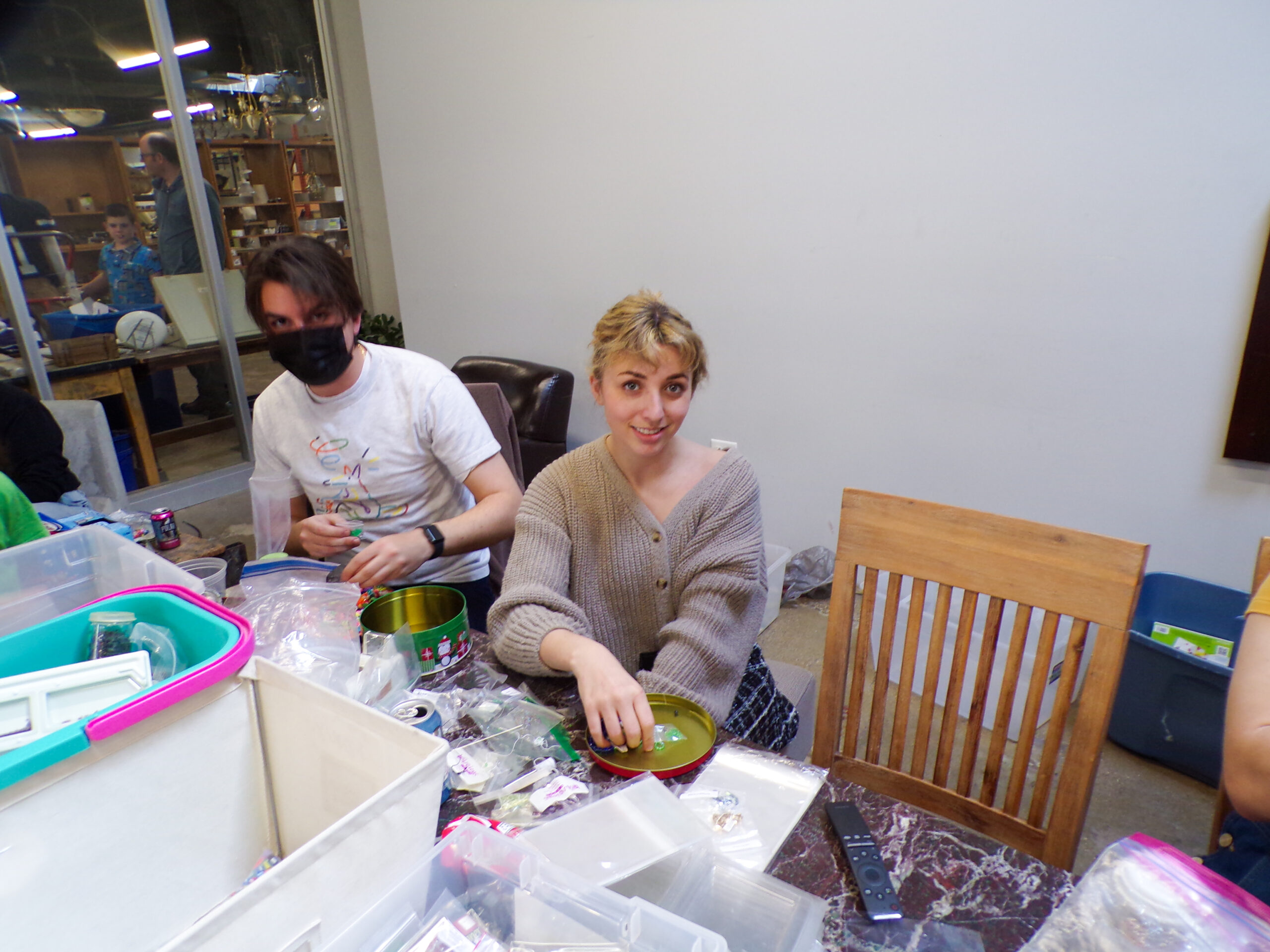After a two year hiatus, the opinion section was back in full swing and we have a lot of great articles to look back on.
After a two year hiatus, the opinion section was back in full swing and we have a lot of great articles to look back on.
Last year at this time, it was easy to do this. All we needed to do was let the seniors give their final goodbyes and pick our favorite staff editorial. This year, I’m proud to say we had a different problem — picking nine stand-out articles from over 100 total written.
The revitalization of the section saw stories of war and its impacts, self discovery and triumph despite adversity. It included reflections on Loyola and the area around it and questions regarding how we treat each other.
Finally, in this issue’s opinion section, The Phoenix’s departing fourth-years will say their goodbyes to the paper and the university.
In truth, this section’s success wouldn’t be possible without the over 30 writers who told their stories every week in opinion. Every writer brought their own flair and breathed life into the pages between news and arts. Finally there’s the audience.
Thanks so much for reading and engaging with our work, we will see you next year!
Essay: Understanding My Middle Eastern Heritage and its Appalling Conflicts
Originally published Oct. 25, 2023
In February 2004, I was born to a Lebanese mother and an African American father at Pomona Valley Hospital in California.
In 2006, Mohamed Hammoudi, my great-uncle from my mother’s side, was killed in an Israeli invasion of Southern Lebanon. A tank shell was shot through the window of our family home. An article in the Los Angeles Times was written about him in August of that year.
After being born in America, my mother attended grade school in Tyre, a coastal city in south Lebanon, with her older brothers Safi and Adeeb and infant brother Nasif in 1982. Early one morning, air raid sirens sounded, notifying the nearby towns and schools to mobilize into bomb shelters due to the expectancy of Israeli airstrikes.
Operation Peace for Galilee is the name of Israeli soldiers’ three-pronged invasion of Southern Lebanon, led by Defense Minister Ariel Sharon. The objective? Get rid of the Palestinian Liberation Organization in Lebanon after factions moved operations into Lebanon from Jordan. The Israelis used the blitzkrieg tactic, taking siege up to Beirut, the capital of Lebanon, killing thousands along the way. Over 800 tanks and about 60,000 soldiers stormed through the borders of south Lebanon that day in June of 1982, according to the IDF Editorial Board.
My family returned to the United States in 1984 to escape the war, and my mother and uncles attended school in Eagle Rock, a Los Angeles neighborhood.
Read the rest of the article by Christopher J. Henry here.
Column: Thank You for Your Service?
Originally published Nov. 8, 2023
“Thank you for your service.”
It’s one of those phrases we feel obligated to say without putting much thought into it. You hear it broadcast at stadiums, said in political speeches and plastered on bumper stickers across the country.
But have you ever stopped and thought about what it means?
I ask because I’ve heard it said in reference to my family a lot. My father, three of my uncles, and one of my cousins were all in the military. Of those five, four served in the Army — specifically in infantry units — and the other served in the Air Force as a pilot. All five were deployed to the Middle East as part of the post-9/11 wars.
Having grown up in that environment, you’d think I’d be able to tell you all about how to support the troops and how to say thank you to veterans, right?
Not really. As I’ve grown older and learned more about the military, I’ve come to question the motivations behind “Thank you for your service.” To me, the phrase isn’t actually meant for the veteran hearing but rather for the civilian to look like they care. Instead of thanking the veteran as an individual, it seems as though they’re projecting their own ideas of service onto the veteran and thanking them for that.
Read the rest of the article by Aidan Cahill here.
Essay: We Don’t Need Another Breakfast Place
Originally published Sept. 27, 2023
It’s a Sunday morning, and I’m hungry.
I walk down West Granville Avenue to Metropolis Coffee Company where I eat an egg and cheese hand pie to satiate my stomach. As I continue down Granville, I bump into Ann Sather’s and decide to grab a cinnamon roll for the road. I resume my stroll and turn onto West Devon Avenue, where I decide to indulge in a coffee and a pain au chocolat from Rivers and Roads Cafe.
Maybe I’ll make a morning of it — go further west down Devon to have a classic continental breakfast at Cozy Corner Restaurant. I could even hop on the train and head just north off the Morse stop to The Common Cup for a slice of quiche or, if it’s early enough in the semester, to the Glenwood Sunday Market for a breakfast burrito.
When I return to North Sheridan Road, however, I am forced to confront one question — what am I going to eat for lunch?
Now, when I turn to my right, I see Honey Berry Cafe.
But we didn’t need another breakfast place.
Read the rest of the article by Hailey Gates here.
Dear Loyola: Foster Community, Don’t Demolish It
Originally published Feb. 7, 2024
In December, Loyola purchased the building at 1226-1234 W. Loyola Ave. which is home to Archie’s Cafe, Roman Susan Art Gallery, Edge Art and Rogers Park residents.
To accommodate future campus expansion on West Loyola Avenue, university officials told The Phoenix they intend to demolish the building. This is a plea to those same officials to reconsider this decision and follow through on Loyola’s stated goal of being a conscious neighbor in the Rogers Park and Edgewater community.
West Loyola Avenue is a direct route to the Loyola Red Line station and is home to many residents. It would be a disservice to inhibit the community of their right to share the area and lock off yet another block behind green fences.
Loyola is evicting longtime residents from their homes with short notice. The university intends to let the leases expire and not renew them, forcing the current tenants — some of whom have lived in the building for decades — to move. If the university proceeds with their current plans, they should provide these residents with help and resources to find new homes.
Read the rest of the article by Griffin Krueger here.
You’re Not Alone: My Battle with Bulimia
Originally published Feb. 28, 2024
Feb. 26 begins the National Eating Disorder Association’s 39th annual Eating Disorder Awareness Week.
Looking back, I think of silence. I think of a scared girl checking her body in the mirror over and over. A girl who was ashamed, hiding instead of grabbing onto the hands stretched out towards her.
I used to relish in the silence of my disorder as the size of my body masked the torment brewing inside me. I smiled through the pain, unaware of the damage I was doing to my body and the emotional pain I’d endure for years to come.
Silence was never my friend. It was an unhealthy coping mechanism keeping me from the support I needed.
I will never be silent again.
Read the rest of the article by Marisa Panella here.
Essay: I Play Soccer but I Don’t Know the Rules, and Maybe That’s Alright
Originally published March 27, 2024
At Loyola’s John Felice Rome Center, soccer is a big deal. Since we’re an Italian campus, the sport is referred to by its Italian name — calcio.
Every Wednesday evening, students make the trek down to the neighborhood soccer fields to either compete or cheer. Only three fields are available, so games are split into two time slots — 8-9 p.m. and 9-10 p.m. Students competing in 8 p.m. games are allowed to purchase drinks from the on-site bar, Don Orione, after their match is over.
Once all games have come to a close, many of the students make their way to Levels — a neighborhood bar kind enough to host the mass of rowdy American kids. Sweaty students cram together in front of the bar, euros crumpled in their fists, while victorious captains buy celebratory shots for their winning teams.
I’ve put myself on a soccer team without knowing the rules. It doesn’t help that since it’s intramural soccer and played on a smaller field, the rules are specialized. But what I lack in knowledge, I make up for in enthusiasm.
Read the rest of the article by Catherine Meyer here.
Loyal To Loyola’s Female Energy
Originally published March 20, 2024
Loyola isn’t an all-women’s school, but it’s pretty darn close.
With an undergraduate student body that’s 69% women and 31% men, according to the 2022-23 Common Data Set, Loyola’s student body is the complete inverse of congress, which is only about 28% women, according to Center for American Women and Politics.
When the topic of our institution’s gender ratio comes up in conversation, I listen and sympathize as my peers complain about a lack of attention from the opposite gender. The gender ratio was a leading factor in my choice to pursue Loyola, and now that I’m getting ready to graduate, I realize it’s because of the support and acceptance I’ve felt as a queer woman attending a school dominated by females.
Women support and protect each other, in countless ways, including academics and protesting gendered violence — the Loyola Research Symposiums being a great place to admire the multitude of our institutions’ research, with so many women willing and able to share their newfound knowledge.
Read the rest of the article by Rachel Maria here.
On Being A Transgender Journalist
Originally published April 17, 2024
It’s hard to be proud of something I can’t control.
From seventh to 12th grade I attended a private Catholic school and had to take a religion class every year. Those classes were usually spent memorizing the number of books in each Testament and watching cringey movies with thinly-veiled allegories for Jesus. But some classes were more intense.
One of my teachers said the deadliest of the seven deadly sins was pride, especially the kind of pride preached by the LGBTQ+ community. Even though Pope Francis has been campaigning for LGBTQ+ acceptance since coming to the Vatican, many Catholics — and Americans as a whole — still disapprove of who I am.
Sixty-two percent of American Catholics think gender is determined by sex assigned at birth, according to a 2022 Pew Research Center poll. The same poll found 43% of Americans as a whole think social acceptance of trans people is happening too quickly and 38% think acceptance has gone too far.
I’m a transgender man. I’ve felt disconnected from femininity since I was little, always choosing sneakers over fancy shoes, pants over skirts, the boy’s Happy Meal over the girl’s. I even remember when I told my mom I didn’t want to start wearing training bras.
Read the rest of the article by Mao Reynolds here.
Essay: Public Photography: Free Speech or Free Exploitation?
Originally published Sept. 27, 2023
One must ask themselves if humans were meant to have the power to document everything that happens to them in the palm of their hand.
The dawn of smartphones has led to a general fear of being photographed in public. At any moment, a push of a button could lead to an image of someone living forever on the device of a stranger. It feels as if such an action should be protected against — but the opposite is true.
The First Amendment of the U.S. Constitution allows a person lawfully in a public area to take a photo of anything plainly visible, according to the American Civil Liberties Union. Social customs would flag a problem with this definition. While I’m within my rights to take a picture of a stranger across from me in a public space, this doesn’t stop the stranger from rightfully becoming annoyed — possibly resulting in some choice words being thrown my way.
This is because the laws surrounding the documenting of strangers in public areas haven’t changed with the times. The amendment protecting the act of public photography was written in 1787 by men who lived in a world where cameras didn’t exist. Now the same law is being applied in an age where cameras are as countless as stars. A revamp on the laws surrounding photography etiquette in the U.S. is desperately needed.
Read the rest of the article by Julia Soeder here.
Featured image by Hunter Minne | The Phoenix












